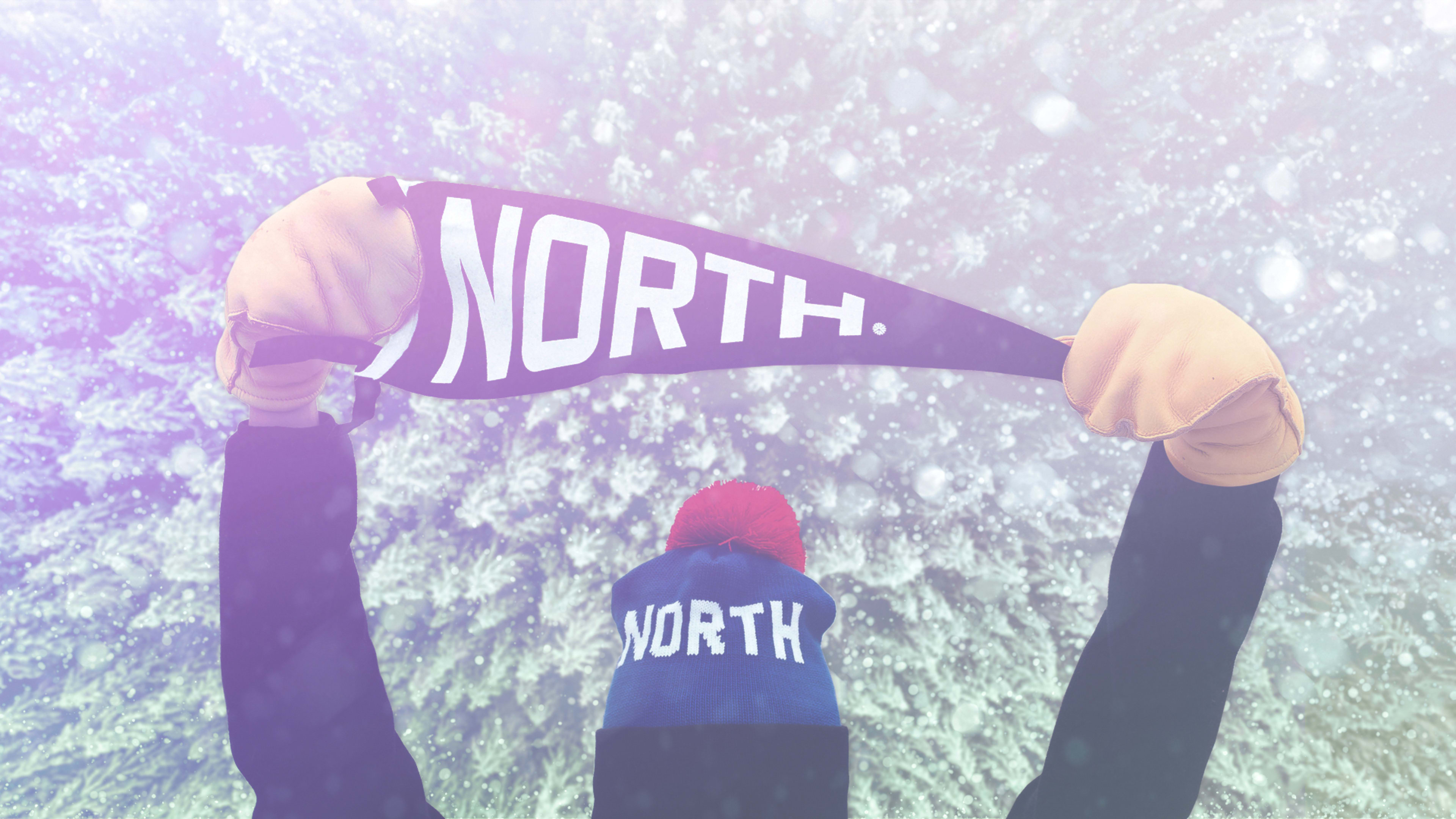The population of the Twin Cities of Minneapolis and St. Paul, Minnesota, increased this week by one million people as the Super Bowl comes to a cold-weather city for only the sixth time in its 52-year history. Minneapolis is the coldest of all cities with NFL teams. The average low temperature on February 4, the date of Super Bowl LII, is 9 degrees Fahrenheit–though in 1996 it dipped all the way down to a record minus-28. This year, the predicted low is -5, and that doesn’t even include the wind chill.
Those one million visitors–plus 100 million American television viewers–will watch the big game under the banner of an advertising campaign touting “The Bold North.” Instead of escaping to a balmy beach city, fans of America’s premier sporting event will go on full Arctic blast. It’s a winter-centric ad effort that might seem absurd and even a little too “Game of Thrones“-ey to the rest of the country.
But for many Minnesotans who have long felt mischaracterized by the rest of the nation, it seems perfect. When the region was awarded Super Bowl LII, many hardy Minnesotans were ready lean into the cold rather than pretend to ignore it–despite Minneapolis’s one other Super Bowl, in 1992, being best remembered for a much-mocked winter-themed halftime show that featured a “Do the Frosty” rap song. The reason? The state has been on a full-on campaign to embrace its wintry reputation as something to celebrate, rather than something to bemoan.
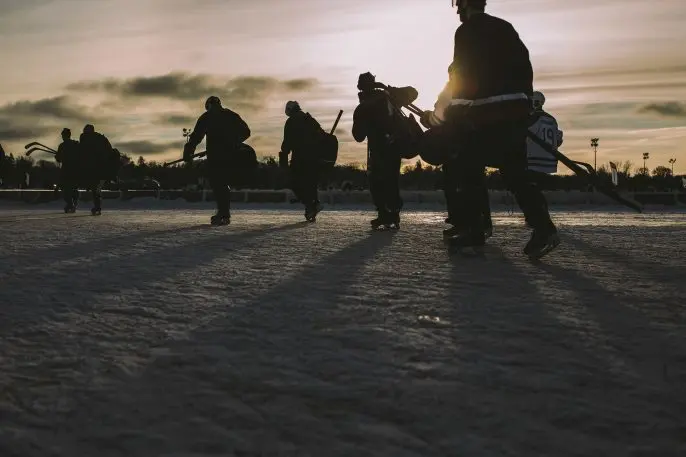
The movement that helped define this cold region’s suddenly cool identity started with a pretty clichéd garment, one that’s almost standard-issue for anyone hoping to survive a brutal Minnesota winter: a block-lettered, knitted winter beanie.
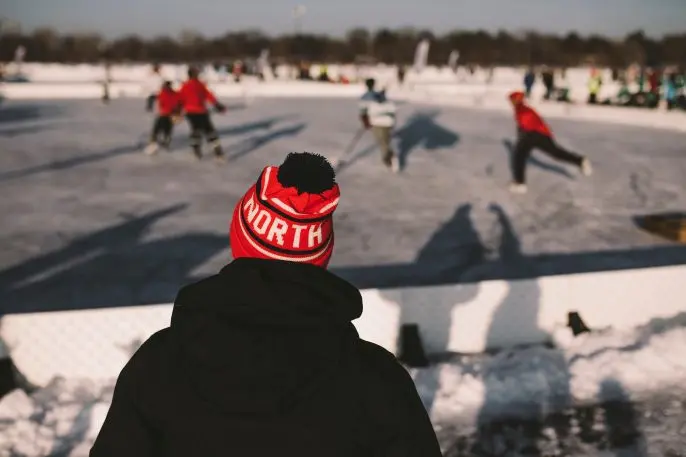
A Local Dynasty
After getting his MBA from Stanford, Eric Dayton moved back home to the Twin Cities. In 2011, he and his brother, Andrew, opened two Scandinavian-themed businesses in a transitioning warehouse neighborhood adjacent to downtown Minneapolis: A Nordic-inspired restaurant called The Bachelor Farmer and a boutique clothier specializing in outdoor wear. They called the latter Askov Finlayson after two neighboring towns whose Scandinavian-sounding names grace the Exit 195 sign on Interstate 35 between Minneapolis and Duluth. The name felt, to Dayton, perfectly Minnesotan, conjuring memories of his family’s trips to their cabin up north.

As Eric Dayton attended Williams College in Massachusetts, studied abroad in Paris, and pursued graduate school at Stanford, he noticed some things about the way the rest of the world viewed Minnesota: The first thought was always, “those awful winters!” Next came the hokey accents from the movie “Fargo.” Worse still were the people who paid Minnesota no regard at all.
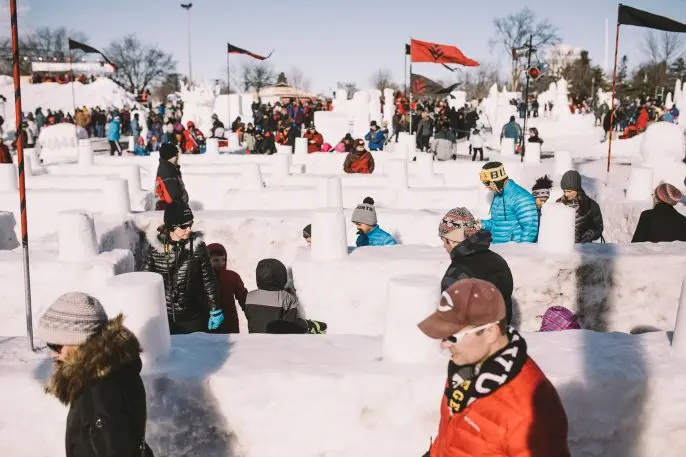
“There’s this emotional rhythm people have begun to understand, that you feel different in different seasons and that’s OK,” says R.T. Rybak, a former Minneapolis mayor. “There’s something more to winter. It’s about thinking and reflecting and resetting who you are and then going back out into the world.”
But “The North” is not just an existential exercise. There are important economic reasons to recast the state as a more desirable place to live. For one thing, the state faces a very real talent shortage in the workforce. The Super Bowl, its “The Bold North” branding, and the area’s Scandinavian-style chic are all a serious opportunity to showcase everything the state has to offer prospective residents.
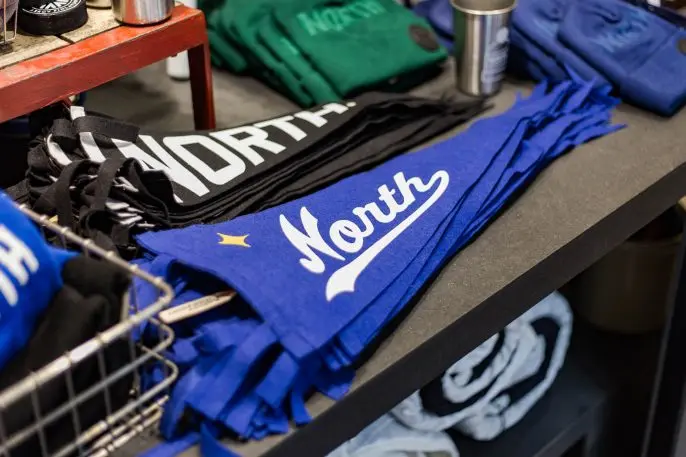
Birth Of A Region
Dayton and his brother, who run their businesses under the umbrella of their company, North Corp, had no idea if their notion of branding the state as The North would resonate with other Minnesotans. To Dayton, “Midwest” and “Upper Midwest” had always felt cheap and inauthentic, as if the East and West Coasts were defining his region. “Midwest” sounded like a giant, identity-less blob. Dayton found it almost as insulting as “Flyover Country.”
“Whenever you say that you’re from Minnesota and you’re also from the Midwest, it never quite sounds right,” says Jim Moore, the longtime creative director at GQ magazine and a native Minnesotan. “It never quite feels like the Midwest. People in Ohio, Indiana, Missouri call themselves Midwest. How can you be this far north and also call yourself Midwest?”
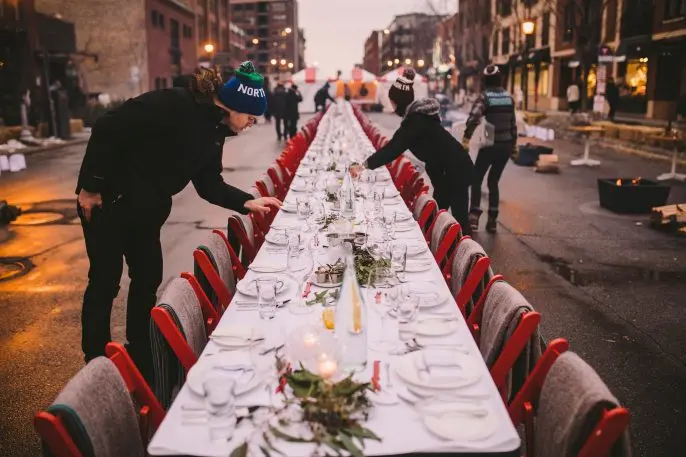
“It wasn’t like we were explaining this to [customers] or trying to push it on them or sell them on it,” Dayton told me on a recent–and bitterly cold–Minneapolis day. “People would literally walk in, look down, and say, ‘Yep, I get it, The North. I’ll never call it the Midwest again. I’m getting four hats,'” Dayton claims.
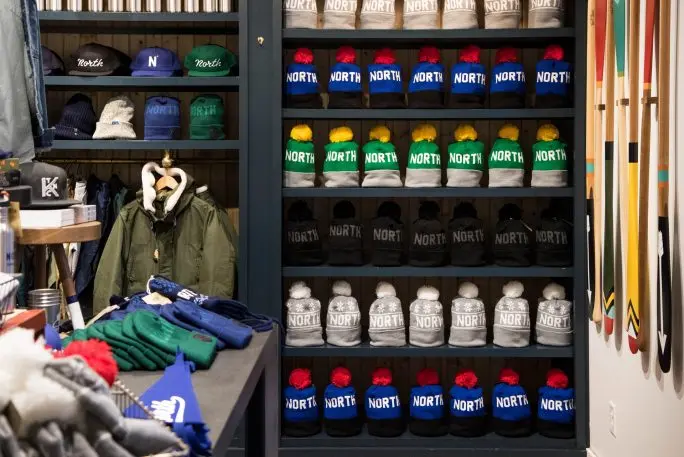
The Minnesota Vikings football team saw this organic movement and joined in. In 2015, just before the team was about to move into a new downtown stadium–which is shaped like a Viking ship–the team’s marketing department tested the slogan “Defend the North” at a game. Fans responded in a visceral, positive way.
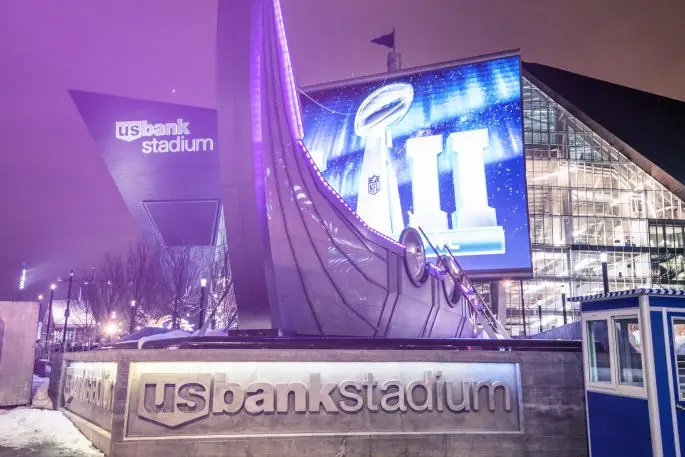
This branding attempts to be inclusive by defining “The North” as a mentality that represents this geographic location: strength, resiliency, perseverance. But perhaps inadvertently, the branding effort channels, well, whiteness–Scandinavia and Paul Bunyan and the like–to the exclusion of Minnesota’s growing immigrant population. The state is home to the nation’s largest Somali population and second-largest Hmong population. While there is truth to the fact that Scandinavian countries, specifically Sweden, have long been (like Minnesota) relatively welcoming of refugees, “The North” may not quite represent everyone who lives in the state.
“Is the branding just meant to portray these traits of the North, like toughness and resiliency, but also openness?,” questions Dee Sabol, executive director of the Diversity Council in Rochester, MN, home to the Mayo Clinic.
“Maybe to the dominant culture in Minnesota, that’s what it does portray,” Sabol says. “But those concepts and tying those concepts together with this Scandinavian imagery, that’s not something that people from other cultures will understand. We’re ignoring our diversity a lot in the way we present ourselves and talk about ourselves.”
Dayton agrees that the state still has a ways to go when it comes to cultural inclusivity, particularly when it comes to the state’s outdoor winter traditions. Askov Finlayson has made this more than just a corporate sentiment: the company donated $100,000 to the Minneapolis-based Loppet Foundation to connect youth in culturally diverse north Minneapolis to cross-country skiing opportunities. In addition, Askov Finlayson has partnered with Target to benefit 1,000 underserved youth through a local nonprofit called Wilderness Inquiry.
“It’s so important that everyone is able to see themselves in The North and that it represents our true diversity,” Dayton told Fast Company in statement. “But we aren’t seeing equality in access to the outdoors and the opportunity to participate in our winter traditions. We’re working hard to change that. I see inclusivity as a core value.”
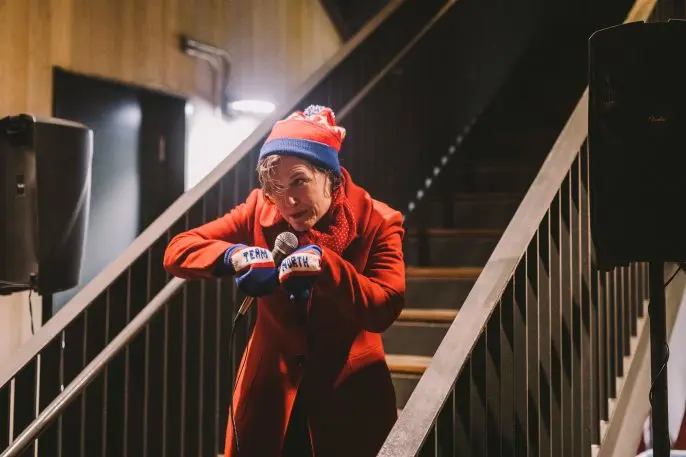
Cold And Proud
Minnesotans have always had a reputation for being outdoorsy, hardy folk–but they have at times, especially in the Twin Cities, run from that image. There was a time when Minnesota tried very hard to pretend to be something it’s not. Minneapolis used to brand itself as “The Mini Apple.” Few of the city’s restaurants embraced the cold or its Scandinavian history; they would advertise themselves as Chicago steakhouses or Vegas nightclubs. Calling itself “The North” represented a departure from that inferiority complex. As a branding project, The North was noticed by Madison Avenue executives as a simple and authentic connection. It wasn’t just a cardinal direction; it was both a statement of a region’s historical identity and an invitation to outsiders to participate in something that’s rugged and off the beaten path.
“Eric saw this undefined identity for Minnesota,” says Todd Waterbury, the New York-based chief creative officer for Target. “He saw potential in the cold.”
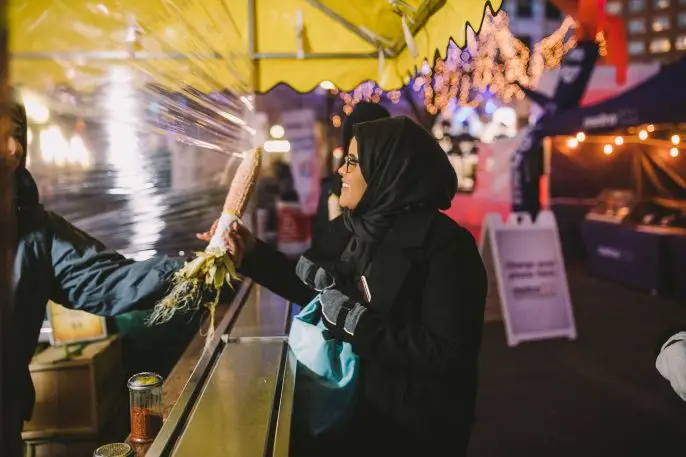
But the cold matters to Dayton in ways that go beyond his invented branding. A central value of Dayton’s philosophy about The North is something he learned when he went on his first canoe trip in northern Minnesota’s Boundary Waters at age 10: “Take only pictures, leave only footprints.” The state’s environmentalist bent is a big part of its identity; a recent study ranked Minnesota second nationally in environmental quality, after Vermont. So Dayton pledged that his company would aspire to be like visitors to the Boundary Waters and leave no trace.
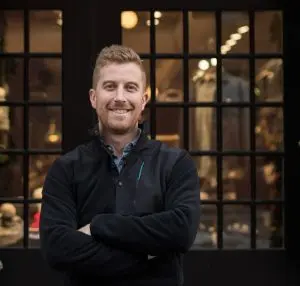
The model was conceived by Dayton and Adam Fetcher, a native Minnesotan who was press secretary for the U.S. Department of the Interior under President Obama (and who recently proposed to his girlfriend while on a dog-sledding trip in the Boundary Waters). The hope is that it inspires a new model for the clothing industry to tie contributions directly to climate change. To kick things off, Askov Finlayson is pledging to give at least $1 million to climate action organizations over the next five years.
The night after Fetcher proposed to his girlfriend last winter, he decided to sleep on a frozen lake, in a sleeping bag but without a tent. The temperature got down to minus-7 that night.
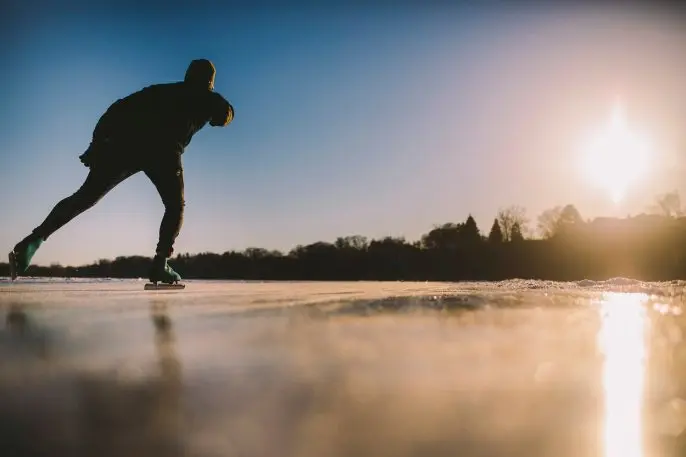
When outsiders tell Fetcher how awful those Minnesota winters must be, he tries to refocus their feelings.
“You have a choice in that moment: ‘Yeah, you’re right, it’s brutal,'” he says. “Or you can stand up for where you’re from and say it’s those cold winters that make me who I am. It’s a mind-set about embracing challenges and becoming better for it. And that’s what we see as the future for The North.”
Recognize your brand’s excellence by applying to this year’s Brands That Matter Awards before the early-rate deadline, May 3.
